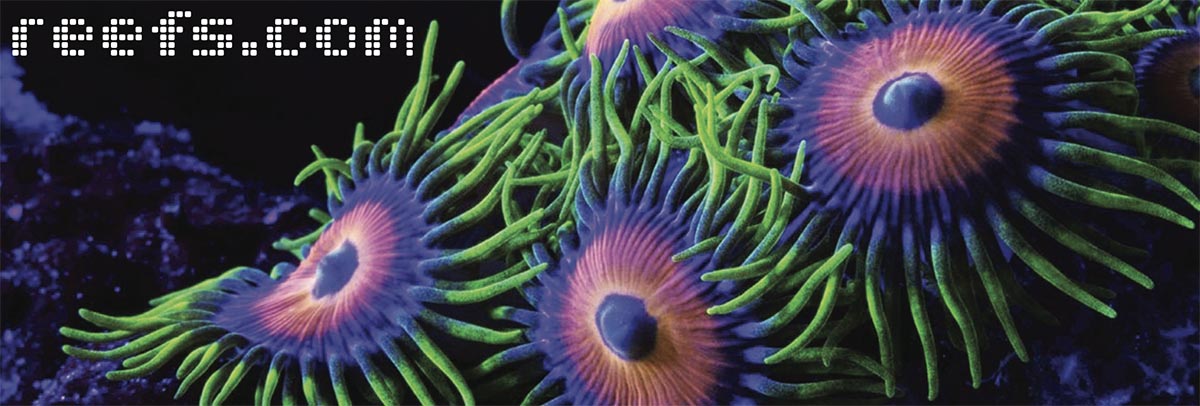Pardon my curious nature but :
We try to change the PH of salt water by co2 and try to melt calcium reactor media (mostly between 6.1 - 6.6) - RODI water coming out of my system usually ph's around 5.8 -
Question - Will it be crazy to put this media in ATO system to feed for alkalinity and magnesium or better yet dissolve it and dose it or a inline reactor system less cumbursome than dealing with co2 etc ?
We try to change the PH of salt water by co2 and try to melt calcium reactor media (mostly between 6.1 - 6.6) - RODI water coming out of my system usually ph's around 5.8 -
Question - Will it be crazy to put this media in ATO system to feed for alkalinity and magnesium or better yet dissolve it and dose it or a inline reactor system less cumbursome than dealing with co2 etc ?
















